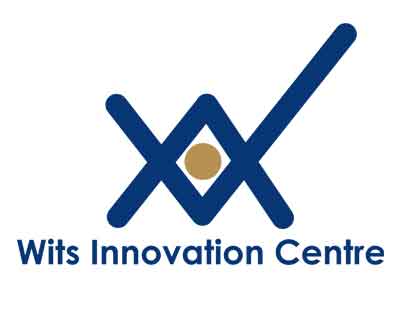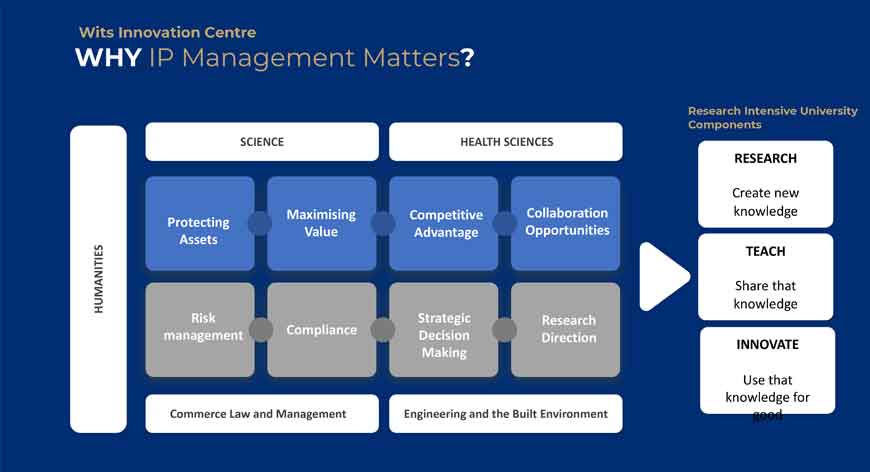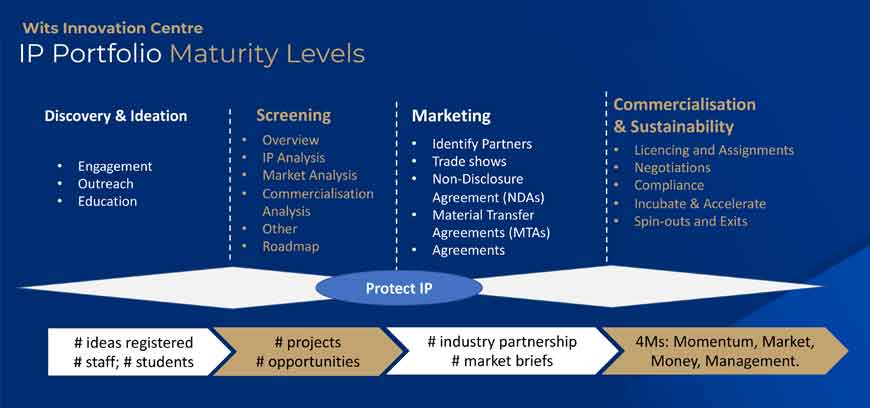Intellectual Property Management. Why it matters
Effective IP portfolio management contributes towards research-intensive university
The rationale for intellectual property (IP) portfolio management is to strategically identify, develop, and protect intellectual property assets that can help an organisation achieve its business objectives. This may include increasing revenue, reducing costs, entering new markets, or gaining a competitive advantage.
An effective IP portfolio management strategy can provide a number of benefits, including:
- Maximising the value of your intellectual property assets: By actively managing your IP portfolio, you can ensure that your organisation is leveraging its intellectual property assets to their full potential.
- Reducing the risk of infringement: By proactively monitoring the intellectual property landscape, you can identify potential infringement risks and take steps to protect your own IP rights.
- Supporting business growth: By developing and commercialising new intellectual property assets, you can create new revenue streams and support the growth of your organization.
- Enhancing your competitive advantage: By securing strong intellectual property rights, you can create a barrier to entry for competitors and position your organization as a leader in your industry.
- Facilitating partnerships and collaborations: By actively managing your IP portfolio, you can identify potential partners and licensees who may be interested in your intellectual property assets, and negotiate mutually beneficial agreements




